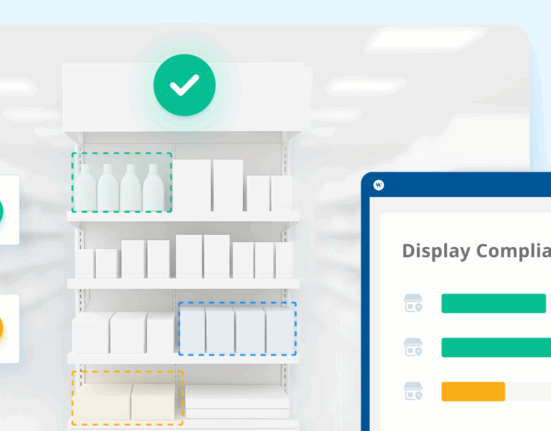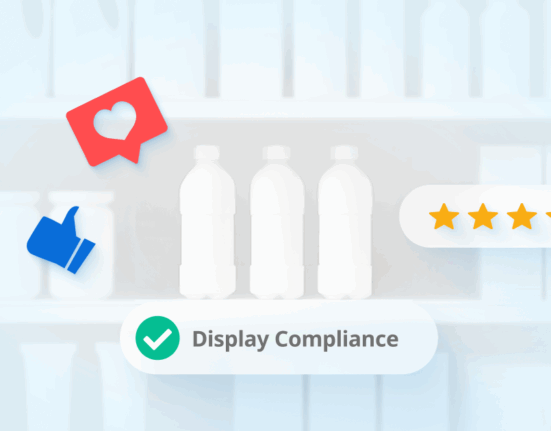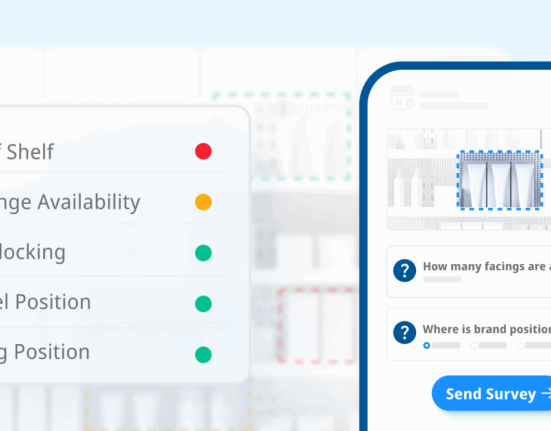Understanding and managing your brand equity is a powerful strategy for businesses in today’s competitive market landscape. Brand equity refers to the value of your brand in the minds of your consumers, and it’s a key asset that can drive your business’s growth and profitability.
Building strong brand equity requires thoughtful planning and strategic execution. It involves creating a positive brand image, delivering quality products or services, and fostering strong relationships with your customers.
However, managing brand equity is no easy task. It requires an on-going process of using actionable insights to keep up a consistent brand image.
Whether you’re a startup navigating your initial branding decisions or an established business looking to strengthen your brand, these tips can help you create a robust brand equity strategy.
Understanding Brand Equity
Brand equity is a crucial aspect of a business’ brand strategy, and it is composed of three key components:
- Brand Awareness: This is the visibility of your brand. It’s about how well and how often your target audience recognizes your brand. High brand awareness can result in consumers having a higher preference for your brand over others, even if there are similarities in the products or services being offered.
- Brand Associations: These are the links and connections that consumers make with your brand. These are the feelings and experiences that your brand might evoke. Positive brand associations can significantly enhance your brand equity.
- Brand Loyalty: This is the measure of how loyal your customers are to your brand. Loyal customers will not only stick with your brand even when there are other options available, but they will also advocate for your brand to others, providing word-of-mouth marketing.

Brand equity serves as a significant value provider to businesses, offering a multitude of benefits that fuel long-term growth and profitability. This intangible asset acts as a robust competitive advantage, enabling businesses to foster consumer loyalty. When customers trust and recognize a brand, they are more likely to choose it over competitors, even at a higher price point, thereby enhancing profit margins.
Moreover, brand equity simplifies marketing efforts as businesses can leverage their established reputation rather than starting from scratch. In essence, brand equity affects many areas of your business, hopefully for the better, and consequently drives business growth and success.
Positive vs Negative Brand Equity
Brand equity refers to the perceived value a company gains from a product with a recognizable name as compared to brand value of its generic equivalent. There are two types: positive and negative brand equity.
Positive brand equity occurs when consumers are willing to pay more for a branded product than for its generic equivalent. This happens due to the customer’s belief in the brand’s superior quality or reputation, which becomes associated with the brand simply by name. Examples might include brands like Apple or Mercedes-Benz, where consumers perceive their products as high quality and are willing to pay a price premium for them.
On the other hand, negative brand equity arises when a brand’s reputation suffers to such an extent that customers are less willing to buy its products, even if the price is lower than that of its competitors. Negative brand experiences, poor product quality, or negative news about the company can contribute to negative brand equity. For instance, a series of product recalls or public scandals can lead to consumers associating negative attributes with a brand’s products, causing damage to its equity.
Consistent brand messaging, customer engagement, and regular monitoring of brand health metrics form the backbone of successful brand equity management.
Strategies to Build Brand Equity
Constructing robust brand equity forms the cornerstone of business success. There are various strategies that can be employed to build and enhance your positive brand equity, and these methodologies range from crafting a unique brand identity to fostering meaningful customer relationships.
With the right approach, these strategies can bolster your brand’s standing in the market, driving customer loyalty and, consequently, affecting your bottom line positively. These include:
No. 1: Create a Unique Branding Strategy
In order to build strong brand equity, it’s imperative to develop a unique branding strategy. This involves defining your brand’s mission, values, and personality. Identify what makes your business stand out from competitors and use that to shape your brand’s identity. This could be anything from exceptional customer service to innovative products or a commitment to sustainability.
Once you’ve established your unique selling proposition (USP), communicate it consistently across all marketing channels. This will help to further brand relevance and create a distinctive image in consumers’ minds, setting your brand apart and boosting its equity.
No. 2: Consistently Deliver on Your Brand Promise
Your brand promise is more than just a tagline or slogan; it’s a commitment to your customers about what they can expect from every interaction with your business. It’s essential to consistently deliver on this promise to build trust and loyalty.
If your brand promise is about offering the highest quality products, ensure that quality control is a top priority. If it’s about providing outstanding customer service, make sure your employees are well-trained and empowered to resolve customer issues.
Consistency in meeting or exceeding your brand promise reinforces your brand’s identity and its equity.
No. 3: Build Strong Relationships Through Audience Engagement
Building positive brand equity isn’t just about what your business does—it’s also about how it interacts with its audience.
Engaging your audience in meaningful ways helps to build strong relationships which, in turn, boost brand equity. This can be done in many ways, such as through social media or hosted events. Regularly interacting with your audience can create opportunities for them to participate in your brand’s story, using tools such as user-generated content or contests.
Remember, a brand that’s connected with its audience isn’t just seen as a faceless corporation, but as a trusted friend. This deepens the emotional connection, leading to higher brand loyalty and stronger positive brand equity.

Managing Your Brand Equity
To effectively manage your brand equity, it’s crucial to understand the value your brand carries in the marketplace.
First, begin by conducting a comprehensive audit of your brand’s current standing, including its reputation and the perceptions held by consumers. This requires diligent market research and competitive analysis. Regularly assessing the health of your brand perception is paramount to effective brand equity management.
But you can’t remain static for long. Responding promptly and adeptly to changes in market trends and consumer preferences is a key aspect of maintaining your brand’s relevance and competitiveness.
It is important to stay ahead of the curve by forecasting future trends based on data analysis and market research. Leverage social media listening tools and customer feedback platforms to stay updated on consumer preferences.
Lastly, maintaining consistency across all touchpoints is fundamental to reinforcing your brand’s identity and value proposition. This pertains to all aspects of your business, from customer service interactions and marketing materials to your social media presence and even your office decor.
A consistent brand experience enhances brand recognition, builds trust, and ultimately creates positive brand equity.
Securing Your Brand Equity
Effectively managing your brand equity is a crucial component in the long-term success and sustainability of your business.
It’s more than just managing perceptions. It’s about creating substantial value for your company, which in turn leads to increased customer loyalty, greater profit margins, and improved marketing communication effectiveness.
The process involves continuously monitoring and adjusting your brand’s perceived value in the minds of consumers and consistently delivering satisfying experiences.
Never underestimate the power of your brand’s equity. With proper management, it can be the strongest asset your business possesses, providing a competitive edge in the crowded marketplace.
Stay reflective, flexible, and innovative, and your brand equity will serve as a powerful and enduring asset.









